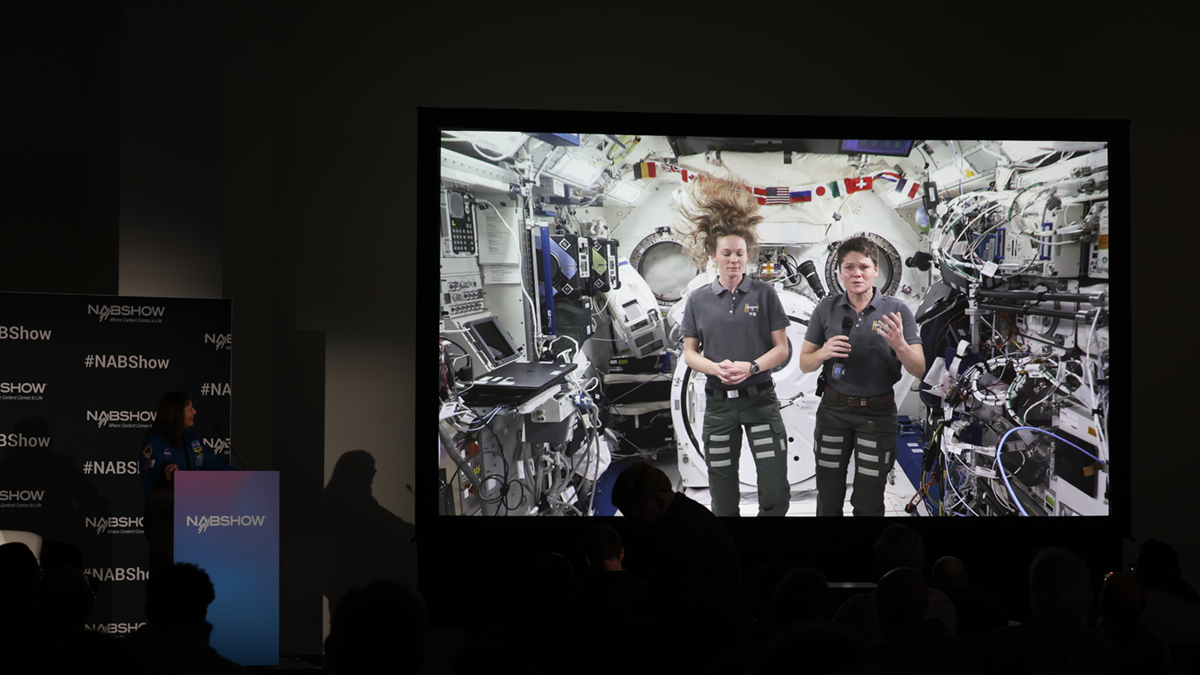The MPAA Makes A Big Mistake
This is a story about a big mistake. It’s also about numerous educational institutions in this country too afraid to confront their suspicions. In both cases, it represents a very sad state of affairs.
First, the mistake. The Motion Picture Association of America claimed in a 2005 study by the research firm LEK that 44 percent of the industry’s domestic losses came from illegal downloading of movies by college students. A pivotal study, it identified the typical movie pirate as a male aged 16-24.
The MPAA has used that information to get colleges and universities to take tough steps against their students, and to pressure Congress to back legislation to enforce laws against file sharing.
The problem is the MPAA was wrong—very wrong! Turns out the correct figure—even if one believes them—is closer to 15 percent. Some say even that number is inflated and the actual figure is about three percent.
In any case, the MPAA missed by a mile. The organization claims it was a “human error” that caused it to get the information wrong.
Now that the truth is known, we start to learn of the widespread original suspicions of colleges and universities across the country. Most felt something was wrong from the beginning, though only one that we know of did anything about it.
TRUTH IN NUMBERS
One who distrusted the MPAA was John Heidemann, a researcher in the Information and Science Institute at the University of Southern California.
The MPAA’s estimate of loses of about $572 million didn’t sound right to Heidemann. So, working with a team of researchers last summer, he came up with a method to track file-sharing use on USC’s campus network.
Following a 14-hour monitoring of the system, the team concluded that between 3 and 13 percent of those on the school’s network were using peer-sharing technology that accounted for between 21 and 33 percent of overall traffic, he told CNET News.
Even then, there was no way for Heidemann to discern whether the information being transferred was pirated. But even in a worst case scenario, 13 percent indicated that only a small minority of USC students were engaged in illegal file sharing.
The MPAA’s claims “did not hold in our analysis,” Heidemann said. Though USC challenged the MPAA, no one else did. For two long years, the film industry has relied on an erroneous figure to persuade the public that college students are thieves.
So, asked CNET, why didn’t network managers from UCLA to Harvard sound the alarm? Sadly, the answer is that many schools were probably afraid to do their own studies.
“Look at them, the universities were running scared,” Eric Garland, CEO of BigChampagne, a company that tracks peer-to-peer traffic, told CNET. “They probably didn’t do the research because they were afraid about what they would find. [Colleges] have been singled out as the enclave of the most egregious piracy.”
So for two years, a third party with a distinct vested interest has claimed that college students are responsible for almost half of all movie piracy in the United States. Using that information, they have affected public policy toward college students. It’s a remarkable situation!
Mark Luker, vice president of Educause, an organization representing college information technology departments, said plenty of people were skeptical and asked to see the data. But the schools “did not run their own surveys,” Luker said. He told CNET that college administrators should have at least “insisted that we see the study.”
Interestingly, Luker said the MPAA study doesn’t account for the fact that more than 80 percent of college students live off campus and aren’t necessarily using college networks. He said 3 percent is a more reasonable estimate for the percentage of revenue that might be at stake through peer-to-peer downloading on campus networks.
“The 44 percent figure was used to show that if college campuses could somehow solve this problem on this campus, then it would make a tremendous difference in the business of the motion picture industry,” Luker told the Associated Press. The new figures prove “any solution on campus will have only a small impact on the industry itself.”
THIRD-PARTY PERSPECTIVE
The MPAA said in a statement that no errors had been found in the study besides the percentage of revenue losses that could be attributed to college students, but that it would hire a third party to validate the numbers.
The group has backed proposed legislation that would require universities participating in federal student financial-aid programs to consider offering “alternatives” to illegal downloading or “technology-based deterrents” to piracy.
Just what impact the MPAA’s misstatements will have on the proposed legislation remains unclear. A spokeswoman for the House of Representatives Committee on Education and Labor, which has already passed the higher-education bill backed by the MPAA, told CNET that the committee has asked the MPAA for more information and “we plan to review it.”
The lessons in this story are too many to easily sum up. Most certainly, no public policy should be formulated solely with information from the MPAA.
But perhaps it is good to remember that in this so-called “age of information,” we should believe no one about anything. The fact is that we know less, not more.
The thinnest errors have a way of taking on great truth.
Get the TV Tech Newsletter
The professional video industry's #1 source for news, trends and product and tech information. Sign up below.
Frank Beacham is an independent writer based in New York.

